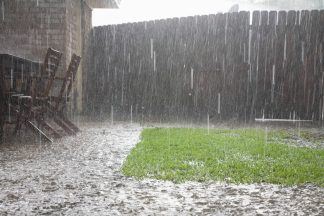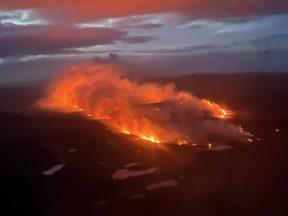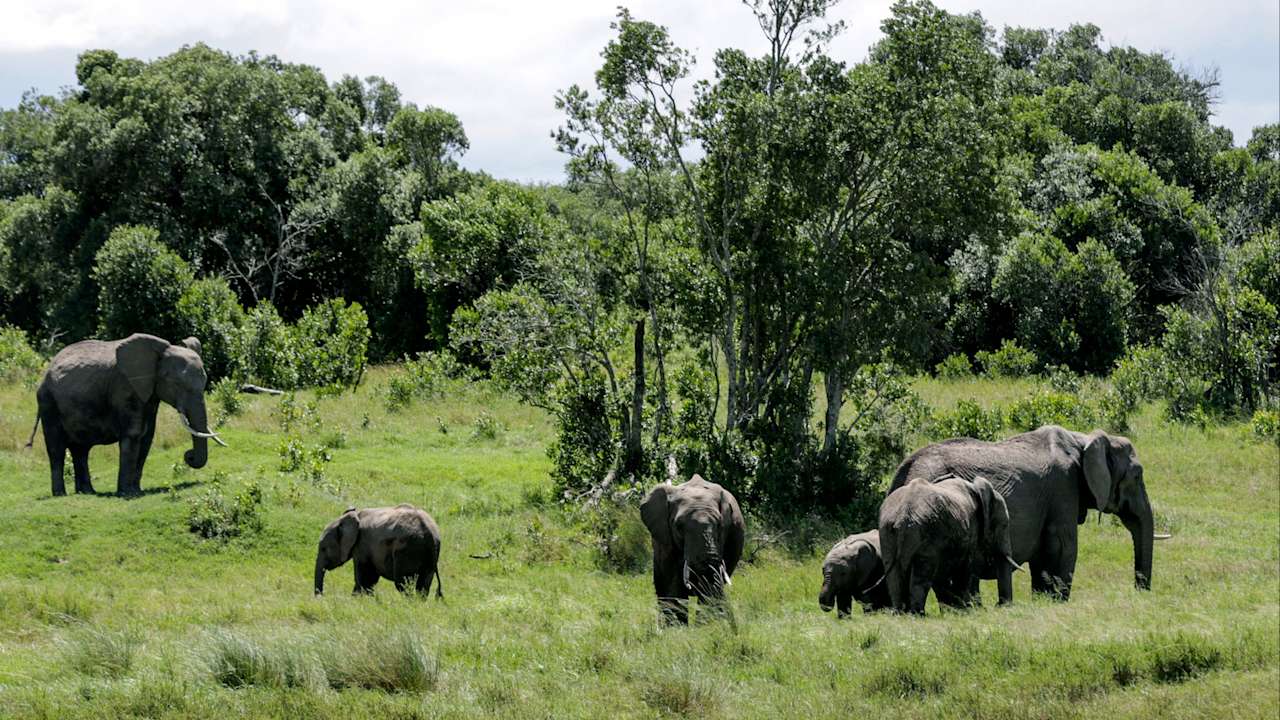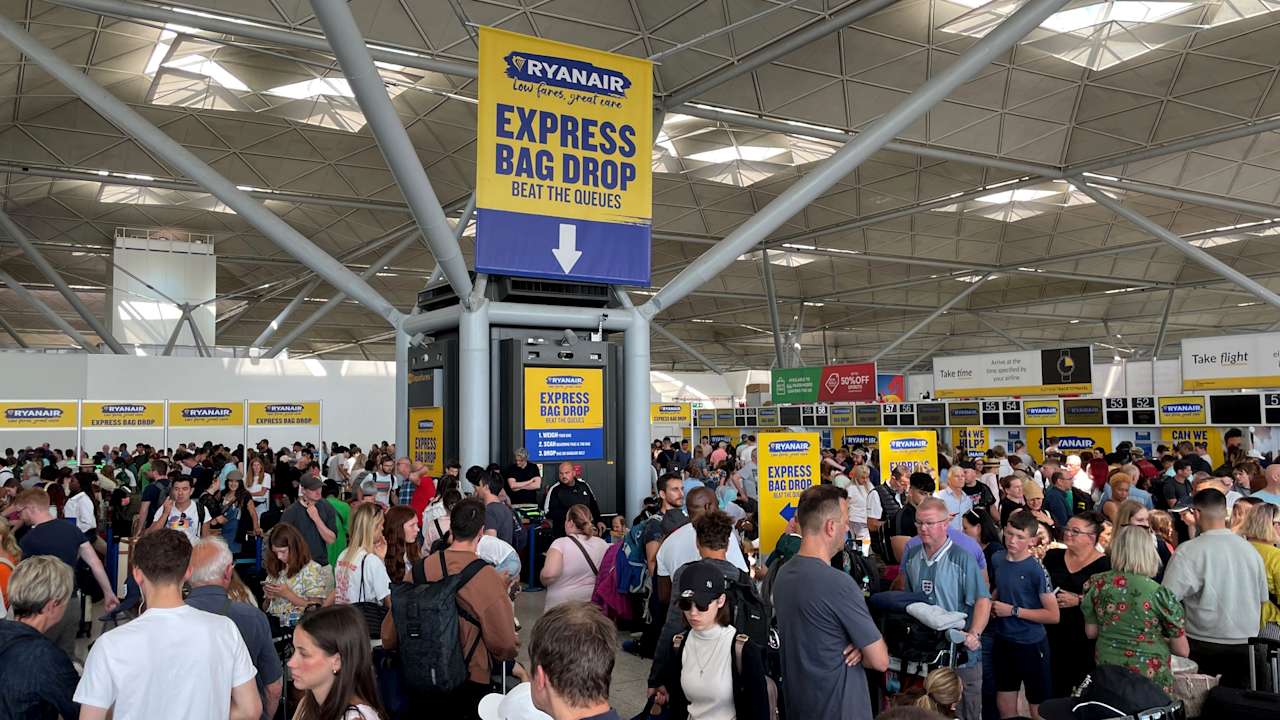Streets were strewn with shoes, trees, downed power lines and other debris after gusts of 165 mph tore through the Caribbean
At least one person has died after Hurricane Beryl tore through islands in the Caribbean on Monday.
The storm, which was upgraded to Category 5 – the highest level warning – overnight, tore through St Lucia, Grenada and St Vincent and the Grenadines.
Early on Tuesday morning, winds were recorded at 165mph.
After making landfall on the Grenadines, a path of “immense destruction, pain (and) suffering” was torn through islands, where at least one person has been reported dead, said Prime Minister Ralph Gonsalves.
Winds brought communications down across most of the region, with hospitals left without power and homes without water.
As the storm swept across the other Caribbean islands, streets strewn with shoes, trees, downed power lines and other debris. Banana trees were snapped in half and cows lay dead in green pastures with homes made of tin and plywood tilting precariously nearby.


On Tuesday, Beryl will make its way through the Caribbean, with its harsh winds and rain forecasted to next be felt in Hispaniola.
Jamaica is braced for the severe impacts of the hurricane before the storm arrives on Wednesday.
Dangerous storm surge could raise water levels by as much as 3 to 5 feet above normal tide levels across the island. Rainfall of 4 to 8 inches is also expected, with localised amounts of up to 12 inches, which may cause flash flooding.
Beryl’s rapidly intensifying strength and early arrival are rare for the Atlantic hurricane season and are a troubling indicator that this season will be far from normal.
The storm has already shattered numerous records. On Sunday it became the earliest major hurricane – defined as one that is Category 3 or higher – in the Atlantic in 58 years and the only one to reach Category 4 status in the month of June.
The hurricane was able to churn to life because the ocean is as warm now as it would normally be at the peak of hurricane season, said Jim Kossin, a hurricane expert and science advisor at nonprofit First Street Foundation.


“Hurricanes don’t know what month it is, they only know what their ambient environment is,” Mr Kossin said. “Beryl is breaking records for the month of June because Beryl thinks it’s September.”
Mr Kossin added the ocean heat fueling Beryl’s unprecedented strengthening “certainly have a human fingerprint on them”.
The National Oceanic and Atmospheric Administration predicts the 2024 hurricane season is likely to be well above average, with between 17 and 25 named storms. The forecast calls for as many as 13 hurricanes and four major hurricanes.
An average Atlantic hurricane season produces 14 named storms, seven of them hurricanes and three major hurricanes.
Follow STV News on WhatsApp
Scan the QR code on your mobile device for all the latest news from around the country
























